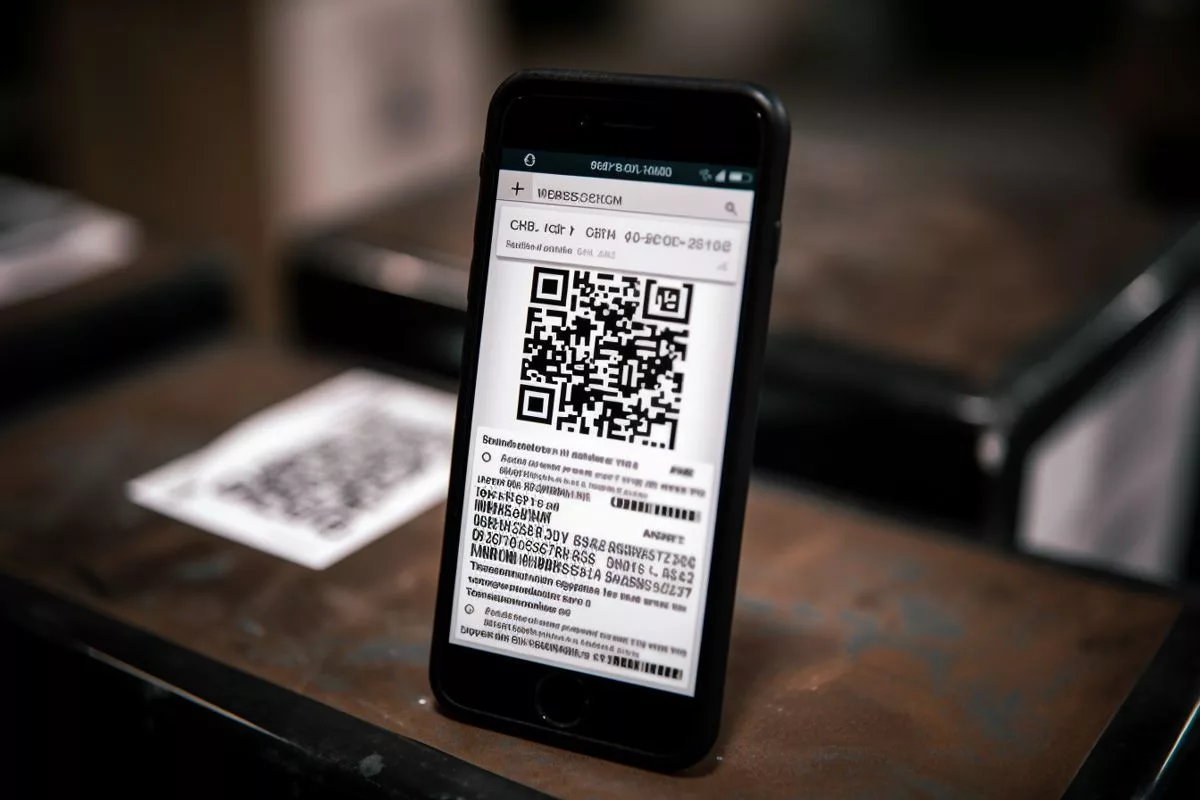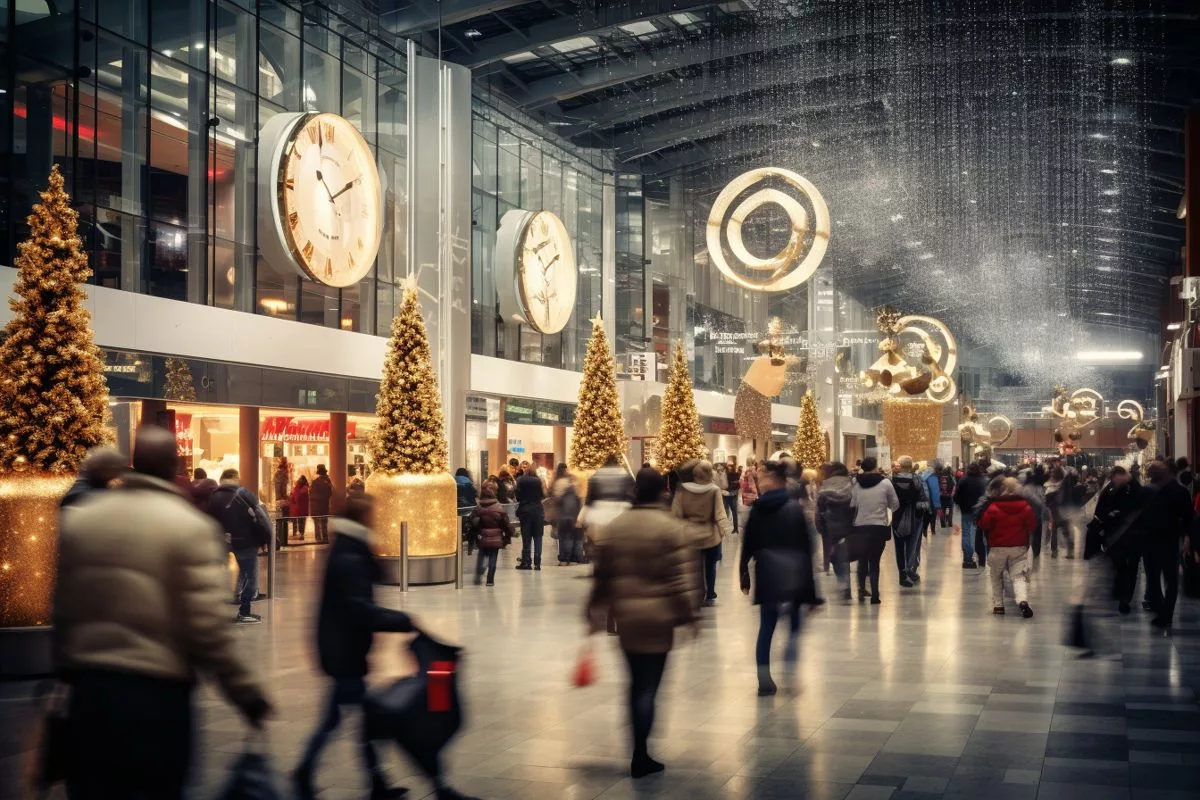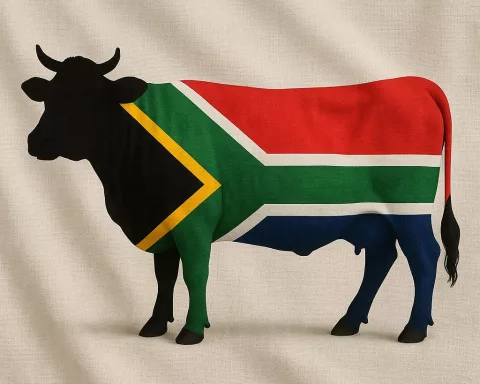The use of QR codes in municipal invoices is revolutionizing the way city dwellers pay their bills, prompting an effortless transition from invoice to payment while ensuring precision, effectiveness, and security. The city is also pushing towards digital invoicing, encouraging eco-friendly operations and paperless transactions. The integration of technology into daily life bolsters service delivery, fortifies the city’s economy and infrastructure, and enhances service facilities, with various online payment options available to residents, including EFTs and payments made through select retailers.
The integration of QR codes into municipal invoices is revolutionizing how residents pay their bills. This innovative online payment channel prompts a smooth transition from invoice to payment, safeguarding precision, effectiveness, and security throughout the process. Additionally, the city is inspiring customers to transition to digital invoicing, pushing towards paperless, eco-friendly operations.
In the pulsating urban landscape, comfort, precision, and eco-sustainability have become the new lifesaving verbs. City dwellers are now being treated to the ease of online transaction methods, a significant stride in digitizing routine chores and incorporating effectiveness into daily existence.
The Advent of Scan, Click, and Pay
Recently, the concept of ‘scan, click, pay’ has been incorporated into the city’s payment system, enabling inhabitants to settle their municipal bills by merely scanning QR codes. This revolutionary method is a significant departure from traditional payment methodologies, with transformative implications, particularly as we approach the holiday season, notorious for its lengthy lines and time consumption.
The integration of QR codes into municipal invoices is revolutionizing how residents pay their bills. This progressive technological leap prompts us to reimagine payments, now simplified into an effortless three-step procedure: scan the QR code, hit the provided link, and verify the payment specifics using a mobile device.
This QR code is cleverly integrated with the customer’s EasyPay number and pending dues, serving as a direct access point to the payment portal. This creative solution ensures a smooth transition from invoice to payment, safeguarding precision, effectiveness, and security throughout the process.
The Drive towards Sustainable Solutions
In addition to this, the city is inspiring customers to transition to digital invoicing, pushing towards paperless, eco-friendly operations. Residents can easily sign up for eServices or opt for digital accounts through a simple email or SMS. Remarkably, over 582,277 city dwellers have already taken to this metamorphosis, welcoming the modern technology with open arms.
These high-tech methodologies are not just about embracing new trends; they offer concrete advantages for both the city and its inhabitants. The city’s extensive billing system already claims a 99% precision rate, and these innovative online payment channels aim to bolster this already commendable figure.
The Impact of Technology on Daily Lives and City Infrastructure
The integration of technology into daily life transcends mere convenience. It’s about bolstering service delivery and fortifying the city’s economy and infrastructure. Every transaction made, each inhabitant who adopts the new system, contributes to maintaining the city vigorous and flourishing.
The city’s fiscal management, spearheaded by the City’s Mayoral Committee Member for Finance, Councillor Siseko Mbandezi, is dedicated to refining and enhancing the city’s service facilities. The initiation of these new online facilities is evidence of this dedication.
Expanding Online Payment Options
Beyond QR code payments, the city continues to extend various other online payment options. These include the flexibility to transact through www.Easypay.co.za or www.powertime.co.za, EFTs, and payments made through a variety of retailers like Shoprite, Checkers, USave, Pick n Pay, PEP, Ackermans, Lewis, Top It Up, Woolworths, and select Spar outlets.
These endeavors mirror a city prepared to evolve alongside the times, leveraging technology to provide more efficient and sustainable services to its inhabitants. As we traverse this digital transformation, we can look forward to further innovations that will reshape our mundane tasks, metamorphosing our city into a lighthouse of digital innovation and sustainability.
For more insight into the city’s QR code payments and other payment options, visit the user guide and discover the multitude of payment choices available at your disposal.
1. What is the use of QR codes in municipal invoices?
The use of QR codes in municipal invoices is revolutionizing the way city dwellers pay their bills, prompting an effortless transition from invoice to payment while ensuring precision, effectiveness, and security.
2. What is digital invoicing, and why is it important?
Digital invoicing is a paperless, eco-friendly operation that inspires customers to transition to electronic invoices sent via email or SMS. This is important in promoting sustainability and reducing paper waste while making it easier for residents to manage their bills.
3. What is the concept of ‘scan, click, pay’?
The concept of ‘scan, click, pay’ has been incorporated into the city’s payment system, enabling inhabitants to settle their municipal bills by merely scanning QR codes. This revolutionary method simplifies the payment process into an effortless three-step procedure: scan the QR code, hit the provided link, and verify the payment specifics using a mobile device.
4. How does technology impact daily lives and city infrastructure?
The integration of technology into daily life transcends mere convenience. It’s about bolstering service delivery and fortifying the city’s economy and infrastructure. Every transaction made, each inhabitant who adopts the new system, contributes to maintaining the city vigorous and flourishing.
5. What other online payment options are available to residents?
Beyond QR code payments, the city continues to extend various other online payment options. These include the flexibility to transact through www.Easypay.co.za or www.powertime.co.za, EFTs, and payments made through a variety of retailers like Shoprite, Checkers, USave, Pick n Pay, PEP, Ackermans, Lewis, Top It Up, Woolworths, and select Spar outlets.
6. Where can residents find more information about the city’s payment options?
Residents can visit the user guide to discover the multitude of payment choices available at their disposal.








